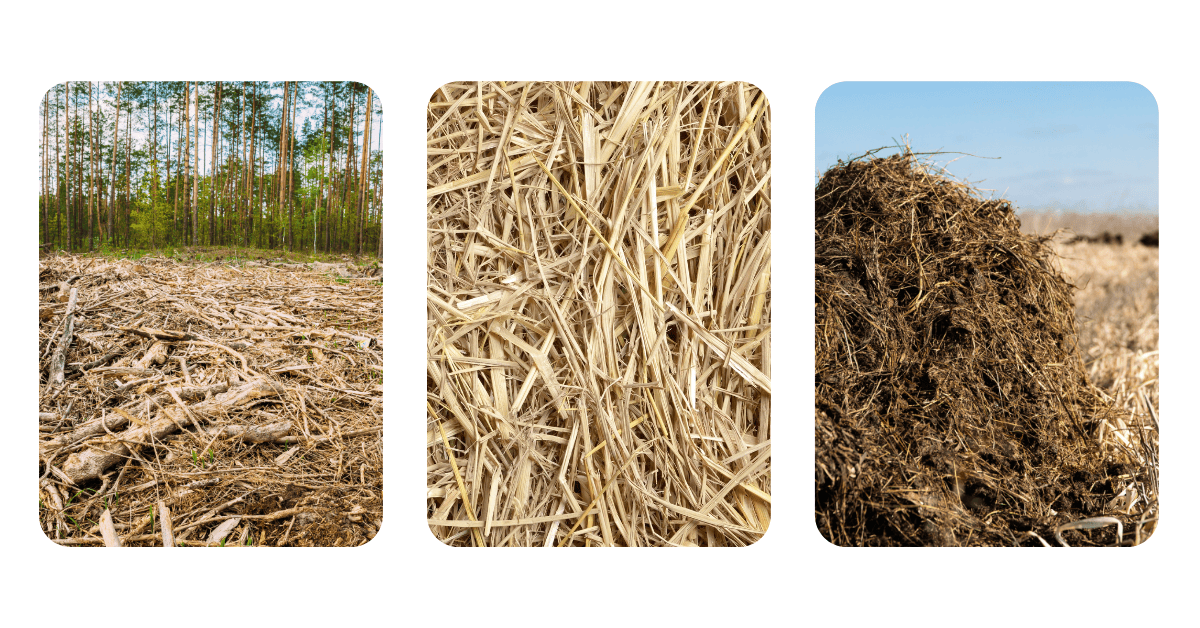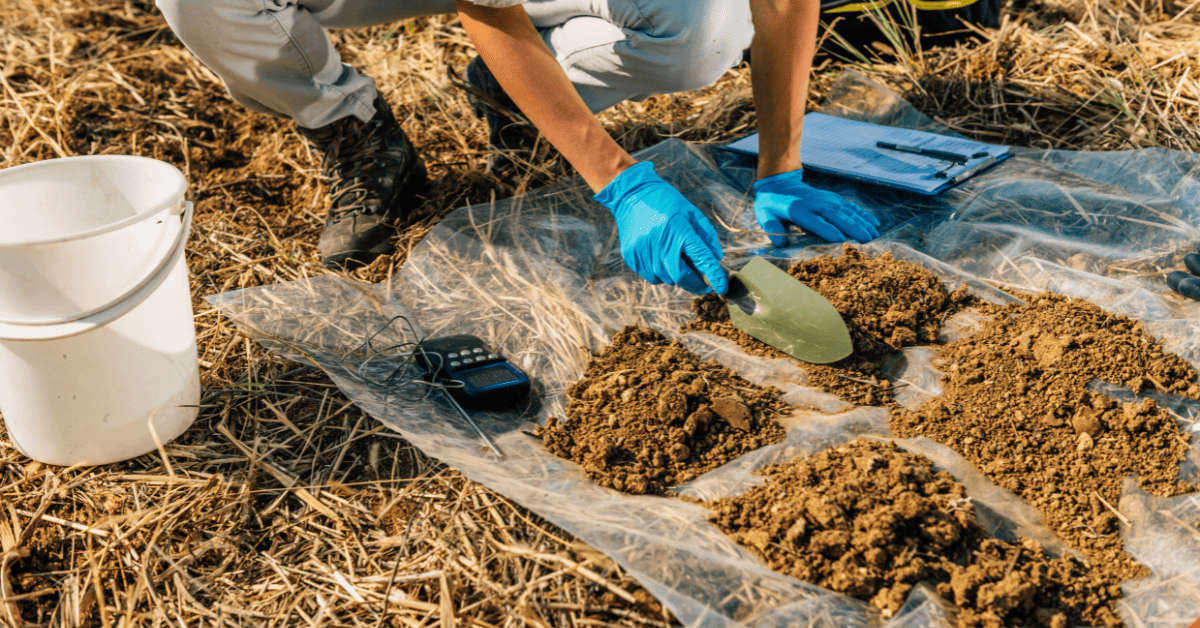How to Assess the Quality of Biochar
There is growing interest in the potential of biochar to improve soil health, enhance carbon sequestration and mitigate climate change. However, not all biochar performs equally well. In order to maximise the benefits of biochar, it is necessary to understand how to assess the quality of biochar and to take effective measures to develop strategies to achieve high quality biochar production.
Key characteristics of biochar
The quality of biochar is affected by a number of factors, including:Type of raw material: The characteristics of biochar are largely related to its raw material (e.g. wood, agricultural residues, livestock manure, etc.). Different raw materials affect carbon content, pore structure and nutritional properties. To ensure a high degree of carbonization of the biochar, the moisture content of the raw material should normally be less than 15%. To ensure a high degree of carbonization of the biochar, the moisture content of the raw material should normally be less than 15%.

Pyrolysis temperature: Typically, pyrolysis temperatures range from 300 to 700°C. Higher pyrolysis temperatures are more likely to be used. Higher pyrolysis temperatures (500-700°C) produce biochar with a higher carbon content and lower volatile matter content.
Surface area and pore structure: A large surface area and a rich pore structure increase the soil's ability to retain water and nutrients, and provide microorganisms with activity and habitat.
Ash content: Ash content reflects the proportion of minerals in the biochar. However, it should be noted that higher ash content is not better, and too much ash content may affect the application of biochar in soil.
Key indicators of biochar quality
To assess the quality of biochar, the following key indicators should be noted
pH: Most biochar is alkaline (pH 7-10) and is suitable for ameliorating acidic soils.
Electrical Conductivity (EC): It reflects the content of dissolved salts in biochar. The lower the EC value, the better it is to avoid soil salinisation problems.
Hydrocarbon Ratio (H/Corg): Hydrocarbon ratio below 0.4 indicates that the biochar is very stable and suitable for long-term carbon sequestration.
Aromatic Carbon Ratio (ACR): The higher the ACR, the more stable the biochar is chemically, and the more suitable it is for long-term carbon sequestration and soil improvement.
Total Organic Carbon (TOC): TOC indicates the amount of organic carbon contained in biochar, the higher the TOC content, the more favourable the biochar is for long-term soil improvement and soil fertility.
Cation Exchange Capacity (CEC): The higher the CEC value, the better the nutrient retention capacity of the soil.
pH: Most biochar is alkaline (pH 7-10) and is suitable for ameliorating acidic soils.
Electrical Conductivity (EC): It reflects the content of dissolved salts in biochar. The lower the EC value, the better it is to avoid soil salinisation problems.
Hydrocarbon Ratio (H/Corg): Hydrocarbon ratio below 0.4 indicates that the biochar is very stable and suitable for long-term carbon sequestration.
Aromatic Carbon Ratio (ACR): The higher the ACR, the more stable the biochar is chemically, and the more suitable it is for long-term carbon sequestration and soil improvement.
Total Organic Carbon (TOC): TOC indicates the amount of organic carbon contained in biochar, the higher the TOC content, the more favourable the biochar is for long-term soil improvement and soil fertility.
Cation Exchange Capacity (CEC): The higher the CEC value, the better the nutrient retention capacity of the soil.
Main methods to assess the quality of biochar
Quick on-site inspection
Check the appearance of the biochar. High quality biochar is usually dark or bright black in colour, indicating that the biomass has been completely pyrolysed, with a high degree of carbonisation and a dense biochar structure.Listen to the sound of biochar. When you poke or pinch the biochar with your hand, the high-quality biochar will make a clear and crisp sound. This shows that the structure of biochar is hard and there are many air holes inside. If the sound you hear is dull or powdery, the biochar may be over-carbonised or have a high ash content and is of poor quality.
Laboratory test
Basic Tests: pH and conductivity are measured using pH test paper or conductivity meter.Elemental Analysis: Determine C, H, N and O content by combustion and calculate H/Corg ratio.
Specific Surface Area Analysis: Calculate the specific surface area and pore size distribution of biochar using BET (Brunauer-Emmett-Teller) method.
Thermogravimetric Analysis (TGA): Evaluate the thermal stability of biochar.
X-ray Fluorescence Spectrometry (XRF): Measure the content of heavy metals in biochar.
Cation Exchange Capacity (CEC) Test: Measure the nutrient retention capacity of biochar.
Field trials
Biochar was applied in a test plot to observe changes in plant growth and soil composition over a fixed growth cycle. The impact of high quality biochar on plants and land is positive and noticeable.
Quality standards for biochar
To ensure the quality of biochar, various standards have been developed around the world. Currently, the European Biochar Certificate (EBC) and the International Biochar Initiative (IBI) standards are leading the way.EBC focuses on environmental impact and soil remediation capacity, stipulating that biochar used for soil remediation must have an H/Corg ratio of less than 0.4.
IBI focuses on standards for biochar used for soil remediation and carbon sequestration, stipulating limits for pH, conductivity, H/Corg ratio and heavy metals.
How to ensure the quality of biochar
Choose the right feedstock. Use clean, untreated biomass feedstock and avoid contaminated feedstock or feedstock containing heavy metals.Optimise the pyrolysis process. Ensure that the pyrolysis temperature, heating rate and residence time meet the standard requirements.
Ensure that the biochar is stored in a dry and ventilated environment to avoid moisture absorption and degradation.
Conduct regular testing of the produced biochar, such as nutrients, carbon content and stability, to ensure biochar quality.
Obtain external recognition, such as biochar certification bodies, external independent laboratories, field trials, etc. External voice and recognition is also important.
High-quality biochar is an important tool for carbon sequestration and sustainable agriculture. From feedstock selection to biochar production to quality control, every step is critical. As the demand for sustainable development and carbon reduction increases, the market for high-quality biochar will become even more promising.




(1).jpg)
